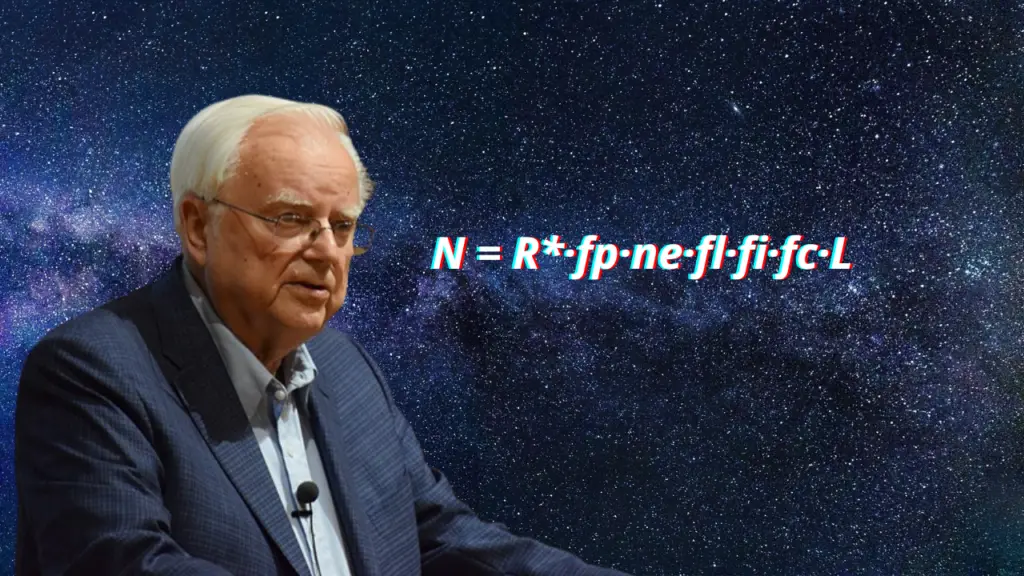As days passed, the universe kept unveiling new fascinating facts about itself. Astronomers have recently discovered a star that orbits, Sagittarius A*, the supermassive black hole that lies at our galactic center. Unlike anything seen in the past, it takes this unique star about four years to complete an orbit around Milky Way’s supermassive black hole.
Astronomers named this star S4716 because of its uniqueness. So, what should you know about this unique star? This article will enlighten about this latest astronomical discovery by astronomers.
How Astronomers discovered S4716 Star
Astronomers have worked endlessly to discover how the universe works and why our home galaxy can hold billions of stars and planets. They have constantly looked into space using sophisticated telescopes to observe the Cosmos. In the process of fulfilling their duties as astronomers.
Researchers at the University of Cologne and Masaryk University used about five telescopes to discover S4716. These astronomers combined four out of the five telescopes into one gigantic telescope to obtain a clearer view of the S4716 star.
These telescopes include the European Southern Observatory’s GRAVITY, SINFONI, NACO, and Hawaii’s OSIRIS and NIR2 telescopes. These astronomers studied the star for about 20 years to obtain the necessary information before concluding their findings.
After two decades of hard work, these astronomers concluded that the star travels 8,000 kilometers per second and takes about 4.0 years to complete an orbit around Sgr A*. The researchers also learned that S4716 follows an elliptical orbit with an eccentricity of 0.75 to revolve the supermassive black hole. Currently, S4716 remains the closest star orbiting our galactic center.
How close does S4716 Orbits to the Sagittarius A*
Despite being the closest star orbiting our galactic center, S4716 moves around Sagittarius A* at its closest distance of 1.5 billion kilometers. To put that into perspective, this is about the same distance that separates Saturn from the sun.
However, when the star moves at its furthest distance from the supermassive black hole, it orbits Sagittarius A* at a distance of 10 billion kilometers. Scientists estimate this distance to be twice the distance between Neptune and the sun.
What are Other Unique Features of this Newly Discovered Star?
Scientists were fascinated by the features of S4716. One of the researchers, Dr. Florian Peissker, the lead author in the study, was amazed about the existence of a star close enough to a supermassive black hole that has the potential to eat everything that comes across its event horizon.
Another mind-blowing fact about S4716 is that the star maintains a stable orbit as it orbits the black hole every four years. The significant point about this star is that it does not move alone. It accommodates a group of stars known as the S-star clusters or Sagittarius A* clusters.
This group of stars is about 100 fast-moving stars orbiting the supermassive black hole. The astronomers compared the newly discovered star to our sun and realized that it is about four times bigger and twice hotter than our Sun. Unlike other stars in the Milky Way Galaxy, S4716 orbits the supermassive black hole under hazardous conditions.
The star reaches as close as 1.5 billion kilometers to the black hole. Yet, it survives and gradually follows its elliptical orbit to move slightly away from Sagittarius A*.
How this Discovery will Help Scientists to Understand Gravitational Force around a Black hole
For decades, scientists thought that every supermassive black hole had the potential to consume every celestial objects that got closer to its event horizon. Some astronomers predicted that a strong gravitational force that exists in supermassive black holes has the potential to eat gas and dust, thereby sending the celestial object into its singularity.
But this discovery counted some known predictions of near blackhole objects. Astrophysicists will improve their knowledge of conditions of celestial objects near the gravitational pull of supermassive black holes such as Sagittarius A*.
Conclusion
This discovery has shown that we still have much to learn about what happens at our galactic center. Future technologies will likely allow us to understand more about what happens to celestial objects near supermassive black holes like Sagittarius A*. What do you think about this fascinating discovery?






Awesome findings.